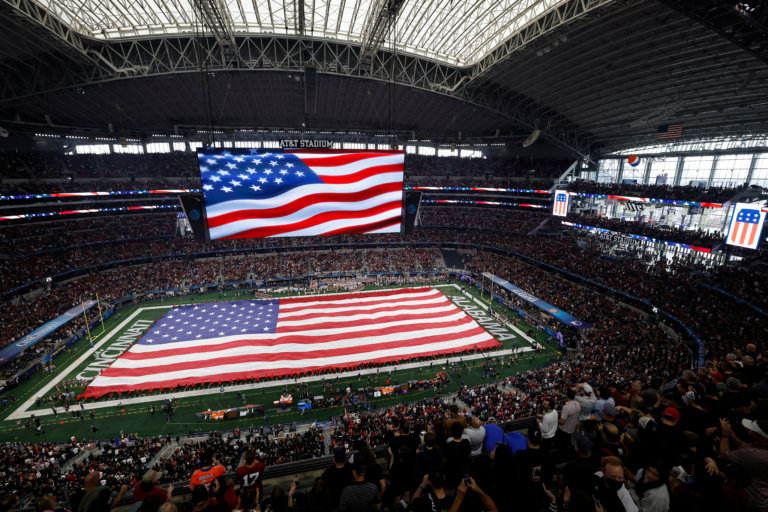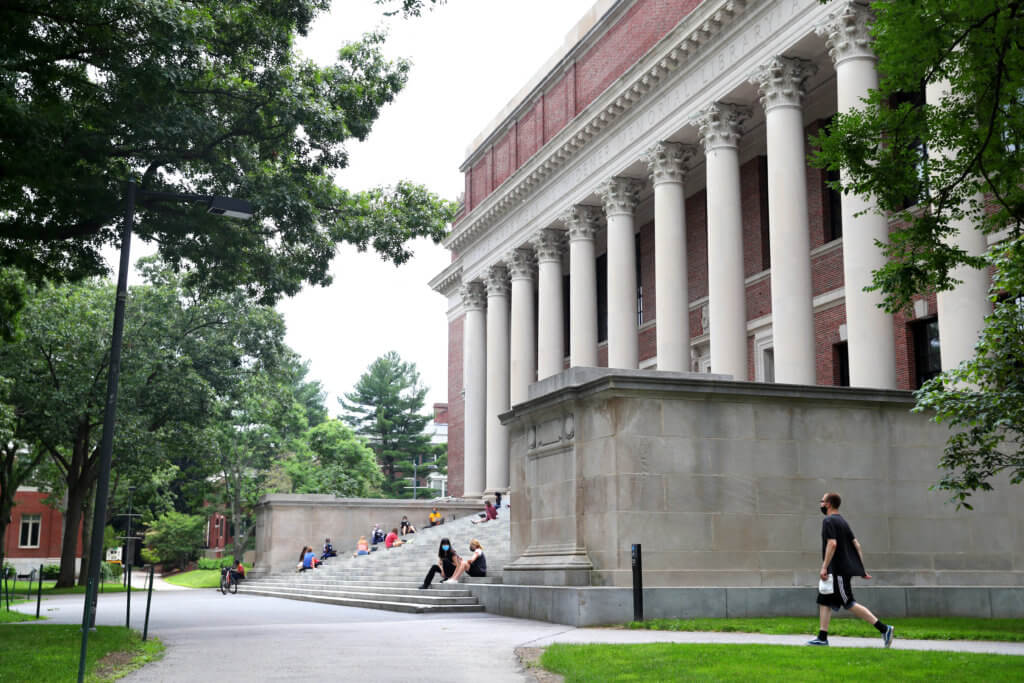
Students face all kinds of anxiety when it comes to applying to a US university: did the interview go ok? Was my application complete? Were my essays convincing? Will they accept me? To answer these questions, it helps to know about the American university acceptance rates and the admission process.
Why should you care about acceptance rates and the admission process? Understanding the whole process gets you both mentally and physically prepared for what’s to come — so is having peace of mind and the proper mindset is key when it comes to your success rate. The last thing you need is something messing up halfway along the process.
Understanding acceptance rates will help you choose your university easier. You would need to know your chances of enrollment so that you can avoid being rejected by all the universities you’ve applied to.
Whereas knowing the admission process gets you well prepared for everything you need ready to get your application in order, from getting your required documents to waiting for your offer letter.

When it comes to American university acceptance rates, Ivy Leagues would usually have very low acceptance rates while others are a lot more generous with bringing in students. Source: Maddie Meyer / Getty Images North America / Getty Images via AFP
American university acceptance rates
Acceptance rates differ from one university to another. Ivy League universities would usually have very low acceptance rates while others are a lot more generous with bringing in students. So, it is entirely up to you if you’re willing to go up against thousands of elite applicants worldwide to be the 4% of accepted students in Ivy League unis or apply for a less prestigious institution with higher university acceptance rates.
Here are 20 American universities and their acceptance rates in descending order:
-
University of Portland – 76.7%
-
Drexel University – 74.7%
-
University of San Francisco – 64.4%
-
Florida Atlantic University – 63.3%
-
American University Washington DC – 36.1%
-
Boston University – 33%
-
New York University (NYU) – 32%
-
The University of Texas at Austin – 31.8%
-
Northwestern University – 28%
-
University of Michigan-Ann Arbor – 26%
-
The University of California, Berkeley (UCB) – 17%
-
The University of California, Los Angeles (UCLA) – 17%
-
Carnegie Mellon University – 15.4%
-
Cornell University – 15%
-
Johns Hopkins University – 14%
-
Brown University – 9.3%
-
California Institute of Technology (Caltech) – 8%
-
Massachusetts Institute of Technology (MIT) – 6.7%
-
Harvard University – 4.92%
-
Stanford University – 4.34%

Now that you have an understanding of American university acceptance rates, what’s left is the admission timeline that you need to keep in mind. Source: Drew Angerer/Getty Images North America/Getty Images via AFP
The admission process
Now that you have an understanding of American university acceptance rates, what’s left is the admission process. Knowing it helps you understand and be better prepared for what’s set to be an important milestone in your life.
Note that this timeline could be different for every university as some might require extra steps or documents.
Apply to several universities
It’s advisable for you to apply to multiple universities to widen your chances of enrollment. After all, you shouldn’t place all your eggs in one basket.
If you aren’t sure which universities to apply to, you can visit your local counsellors to get a better understanding of which university might fit best for you.
Start sending your application form
Now, this is the time to send in your student’s academic record and applicable test scores, such as TOEFL, the SAT or ACT.
Each application’s fee is US$35 to US$100. This covers the processing of your application and it’s non-refundable, even if you aren’t admitted to the university.
Levels of evaluations
After your application’s submission, the Graduate Admission Department will evaluate all your materials and forward them to the respective department.
After the relevant department has reviewed all your materials once again, the Review Committee will be taking one last look at your overall application to decide whether to admit, conditionally admit, place on waiting list, or reject.
Getting your offer letter
The Review Committee will give you an offer letter if you’re admitted. From there you could either accept the offer or reject it.
The I-20 form
After you have accepted your admission, you will need to send in your financial documents. Your university will then supply you with an I-20 form — which is essential for your visa application.
Well, that’s that! We hope that this covers everything you need to know. Remember to have a fun time with your studies in the US!










